Tutorial for Making a Leaf Mold
Buddyfly
18 years ago
Related Stories

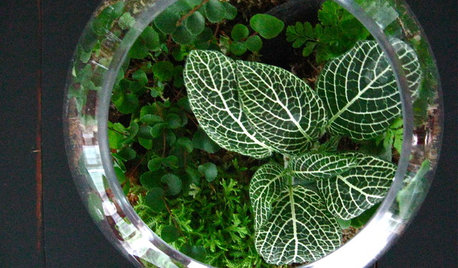
HOUSEPLANTSGardens Under Glass: How to Make Your Own Terrarium
Be the master of a mini ecosystem indoors — the low-maintenance, highly rewarding kind that fits any room
Full Story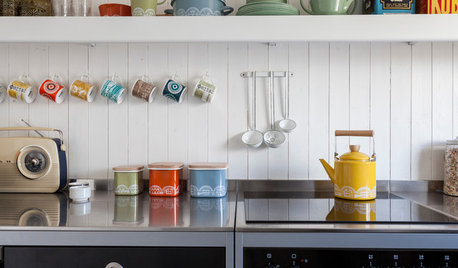
LIFEHow Do You Make Your Tea and Coffee in the Morning?
A morning cup is a must for many, and preparation comes in many guises. We look at coffee and tea habits across the Houzz community
Full Story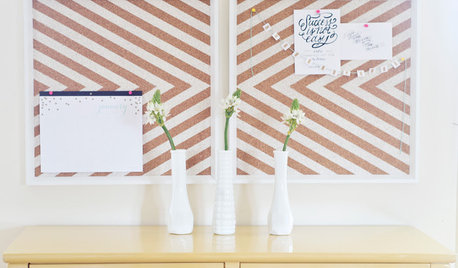
DIY PROJECTSGet Organized: Make Your Own Stylish Corkboard
New project for a new year: Craft an inexpensive custom pin board to keep papers, photos and more neatly at hand
Full Story
CHRISTMASMake a Traditional Fresh Holiday Wreath the Easy Way
Even beginners can follow these simple steps, layering greenery and bright berries to create a beautiful holiday welcome
Full Story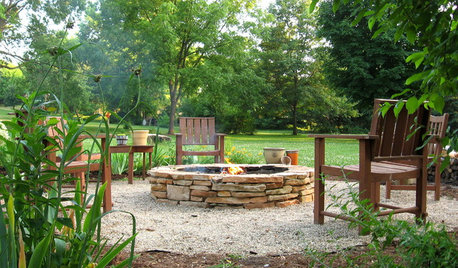
GARDENING AND LANDSCAPINGHow to Make a Stacked Stone Fire Pit
See how to build a cozy outdoor gathering place for less than $500
Full Story
LANDSCAPE DESIGNMake Your Roses Even More Beautiful With These Companion Plants
Nourish your rosebushes and create a visual feast with these 7 classic and unexpected plant pairings
Full Story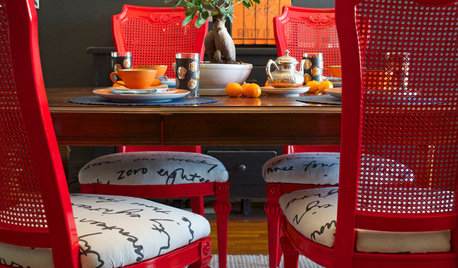
DIY PROJECTSDining Set Makeover: Paint and Tea-Tinted Fabric Make Old Chairs New
Reclaim dated dining chairs for far less than buying new, using spray paint, modern fabric and a handful of tea bags
Full Story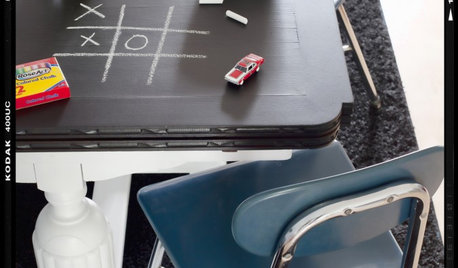
DECORATING GUIDESDIY Project: How to Make a Chalkboard Tabletop
The perfect table for grownups and kids — no power tools required
Full Story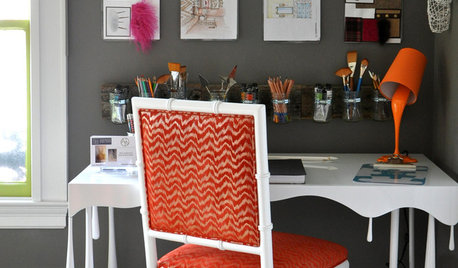
STUDIOS AND WORKSHOPS12 Ways to Make That Inspiration Board Truly Inspiring
Is a plain corkboard stopping up your creative flow? Stir the imagination with these creative ideas for pin boards and more
Full Story





tufaenough
spiderwoman
Related Professionals
Lowell Landscape Architects & Landscape Designers · Goodyear Landscape Contractors · Bergenfield Landscape Contractors · Cary Landscape Contractors · Eagle Landscape Contractors · Eustis Landscape Contractors · Lynwood Landscape Contractors · Mission Viejo Landscape Contractors · Newberg Landscape Contractors · Paterson Landscape Contractors · Sammamish Landscape Contractors · San Pedro Landscape Contractors · Southbury Landscape Contractors · Wilton Landscape Contractors · Antioch Landscape Contractorswannadanc
BuddyflyOriginal Author
tufaenough
GardenChicken
gardencalligrapher
rockhewer
HanoverMan
BuddyflyOriginal Author
Louisiana_greetings
BuddyflyOriginal Author
ltd123
fijigal
paws4pets
jazzbone
BuddyflyOriginal Author
packrat2
BuddyflyOriginal Author
BuddyflyOriginal Author
satoko
scooterbug
ncgardengirl
Running_Dog
airfun
Fleur
BuddyflyOriginal Author
mmfine71
packrat2